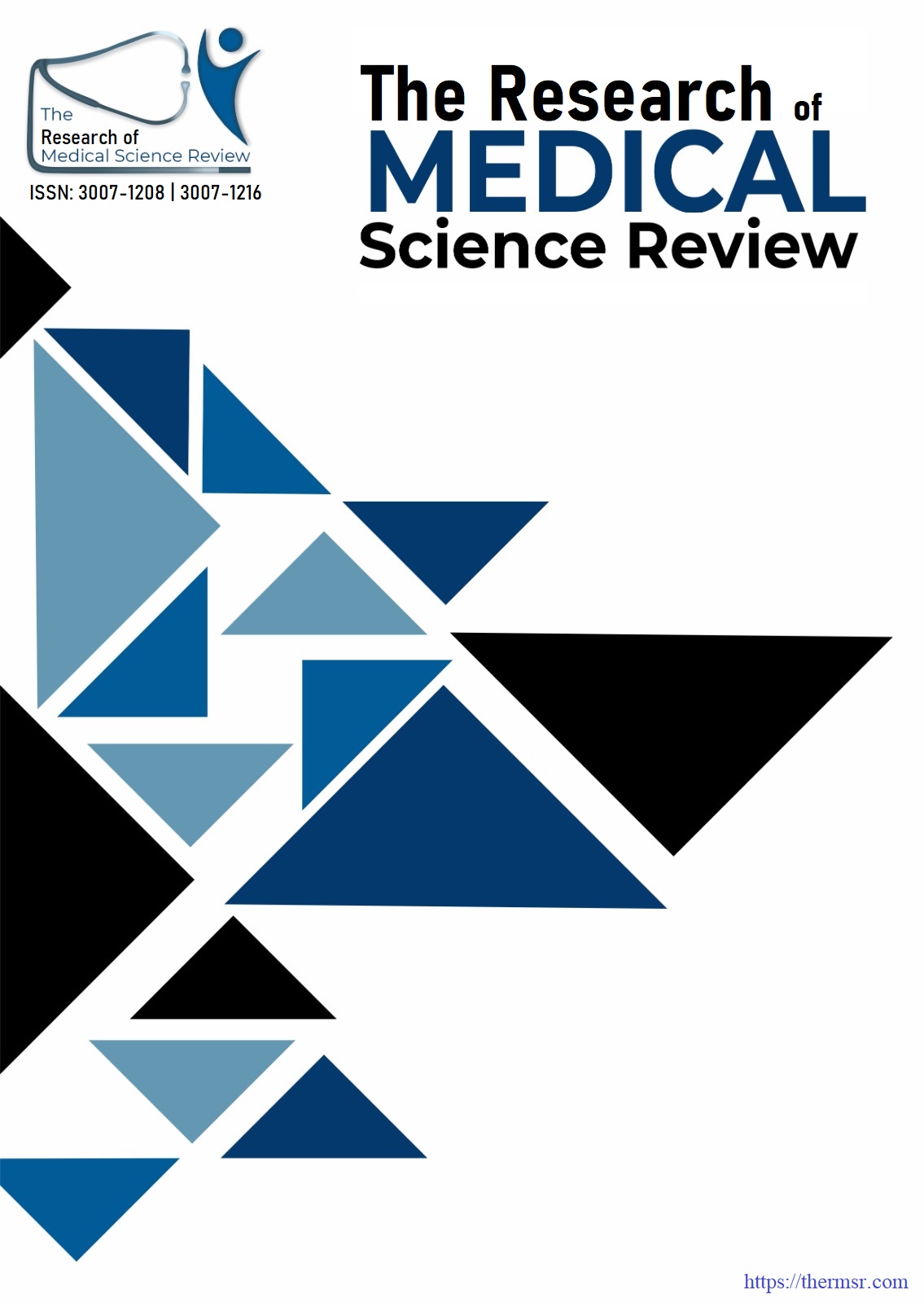ANTIBIOTIC SUSCEPTIBILITY PATTERN OF CATHETER- ASSOCIATED BACTERIAL PATHOGENS IN URINARY TRACT INFECTION AMONGST CHILDREN AT TERTIARY CARE HOSPITAL
Main Article Content
Abstract
Background: Urinary Tract Infections are the most common bacterial infection in children. Appropriate therapy is necessary to lower the mortality rate of UTIs.
Objective: The aim of the study was to determine the Antibiotic susceptibility pattern of Catheter-Associated Bacterial Pathogens in Urinary Tract Infection Amongst children at tertiary care hospital.
Methodology: This study was carried out at the Saidu Group of Teaching Hospital (SGTH), Saidu Medical College (SMC) Saidu Sharif Swat, Pakistan from July 2023 – December 2023 after taking permission from the ethical committee of the institute. Using sterile scissors a total of 204 catheter tips were taken from pediatric patients in various wards (medicine, surgery, and urology) at tertiary care hospital. The clinical samples of catheter tips were then placed in a clean container after being cut 2 cm from the balloon side. The specimens were first kept for 24 hours in nutrient broth that had already been prepared. Blood agar, and MacConkey agar plates were used to subculture the broth, and it was incubated for the whole night at 37°C. Bacteria were identified through gram staining and biochemical tests. Antibiotic susceptibility pattern was performed using Kirby-Bauer disc diffusion method. Data were recorded when distinct zones appeared onto antibiotic agar plates. Data was analyzed using SPSS version 24.
Results: A total of 204 samples examined in this study of which 122 were male (59.8%) and 82(40.1%) were female. Out of these samples 78 (38.2%) showed growth on nutrient agar. The 78 cultured positive samples were further processed to find out the frequency of bacteria. In processed samples, P. aeruginosa 25(32%) was found to be most prevalent than E. coli 23 (29.4%) S. aureus (24%) and K. pneumoniae 11(14%). The most prevalent bacteria in Catheter-Associated Bacterial Pathogens in Urinary Tract Infection amongst children was P. aeruginosa 25(32%) and E. coli and 23 (29.4%). P. aeruginosa, E. coli and K. pneumonia were sensitive to colistin. Vancomycin was shown to have the highest susceptibility in S. aureus.
Conclusion: This study concluded that the most prevalent bacteria in Catheter- Associated Bacterial Pathogens in Urinary Tract Infection amongst children were P. aeruginosa and E. coli. P. aeruginosa, E. coli and K. pneumonia were sensitive to colistin.
Downloads
Article Details
Section

This work is licensed under a Creative Commons Attribution-NonCommercial-NoDerivatives 4.0 International License.
